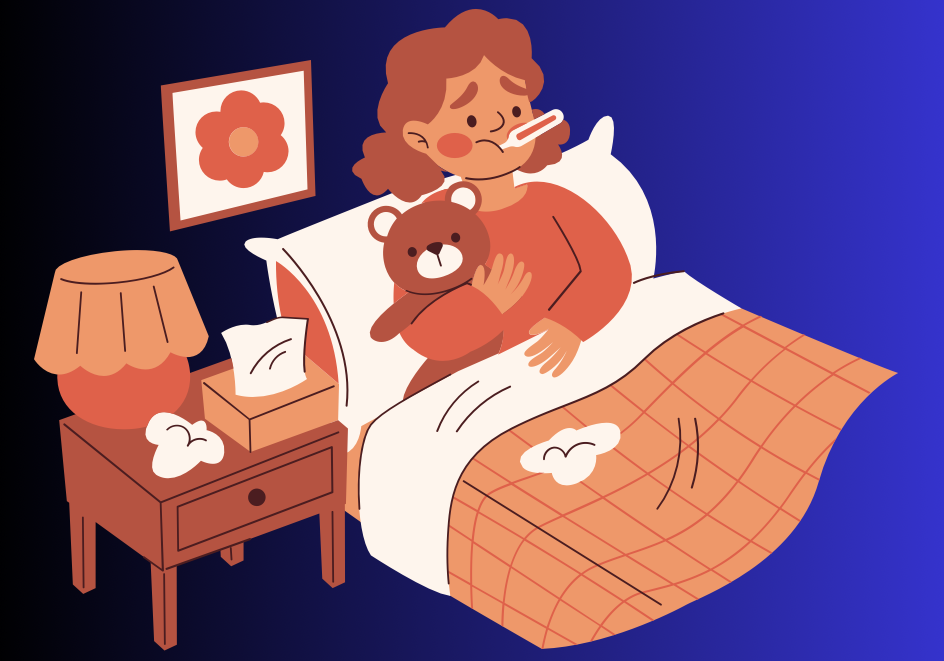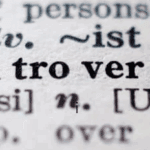
Sick Building Syndrome: The Hidden Health Hazard

Sick Building Syndrome (SBS) is a term used to describe a situation in which building occupants experience health problems that seem to be linked to time spent in that building. While the exact cause of SBS is often difficult to pinpoint,it’s increasingly recognized as a significant health concern.
The Symptoms of Sick Building Syndrome
Symptoms of SBS can vary widely from person to person but commonly include:
- Headaches
- Eye irritation
- Dry skin
- Fatigue
- Dizziness
- Respiratory problems (coughing, sneezing, shortness of breath)
- Allergic reactions
The Culprits Behind Sick Building Syndrome
A number of factors can contribute to SBS, including:
- Poor indoor air quality: This can be caused by inadequate ventilation, the presence of pollutants from building materials, furnishings, cleaning products, or outdoor air pollution.
- Chemical contaminants: Volatile organic compounds (VOCs), formaldehyde, and other chemicals emitted from building materials, furniture, and cleaning products can contribute to SBS.
- Biological contaminants: Mold, bacteria, and dust mites can thrive in damp, poorly ventilated buildings, leading to respiratory problems and allergies.
- Temperature and humidity: Improper temperature and humidity control can create an uncomfortable environment and contribute to the growth of mold and other contaminants.
The Impact of Sick Building Syndrome
SBS can have a significant impact on individuals’ health, well-being, and productivity. Studies have shown that people exposed to poor indoor air quality are more likely to experience:
- Increased absenteeism from work or school
- Decreased cognitive function
- Lower job satisfaction
- Increased healthcare costs
The Prevalence of Sick Building Syndrome
While there is no definitive statistic on the global prevalence of SBS, it is estimated that 10-20% of buildings may be associated with health complaints. The problem is particularly prevalent in industrialized countries with modern, energy-efficient buildings.
Preventing Sick Building Syndrome
To reduce the risk of SBS, building owners and occupants can take several steps:
- Improve ventilation: Ensure adequate fresh air intake and exhaust to remove pollutants.
- Control humidity: Maintain humidity levels between 40-60% to prevent mold growth.
- Choose low-emission materials: Opt for building materials and furnishings with low VOC emissions.
- Regular cleaning: Clean and maintain HVAC systems, air ducts, and filters regularly.
- Monitor indoor air quality: Use air quality monitors to identify potential problems.
By taking proactive steps to improve indoor air quality, we can create healthier and more productive environments for everyone.
If you suspect you may be experiencing symptoms of SBS, it’s important to consult with a healthcare professional to rule out other potential causes.
Do you have experience with Sick Building Syndrome? Share your story in the comments below.
Note: While this blog post provides general information on SBS, it is not intended as a substitute for professional medical advice.
Hello, I am Aman (: Full Time Traveler :) At the age of 41, in April 2023, fueled by my love for travel and the determination not to remain fixed like a tree, I embarked on a bold journey. Having dedicated 17 years to a corporate job, I chose to transition from a full-time employee to a full-time traveler, driven by the desire to break free from the routine and constraints of a conventional life. Along the way, I not only explored the wonders of travel but also uncovered the transformative power of financial freedom. I realized how it could liberate me to lead a life teeming with adventure, purpose, and fulfillment. Through my blogs, I am passionately sharing my story, aiming to inspire and provide valuable guidance to those, like me, who aspire to weave travel into a life overflowing with limitless possibilities.





















Post Comment
You must be logged in to post a comment.